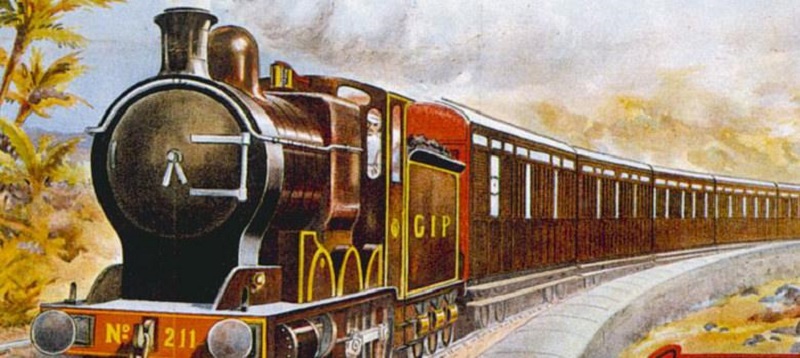Northern Railways: The Passage To The North

India is a vast and multicultural country and home to over 1.3 billion people. Traveling across India can sometimes be a hassle. It is the seventh largest country, and unlike many places, there are vastly differing terrains across India. This makes taking journeys by road a very tiring and troubling experience. In comes the Indian Railways, which has been in operation since the mid -1800s and to this day, remains the most extensively used public transport system in India. It carries over 800 million passengers in a year. A single organization could not possibly manage the whole thing by itself. In the 1950s this problem was well documented and researched, and it was decided that the Indian Railways would be split into 17 regional zones. This division into geographical zones would ensure a smooth operation and transition of trains from one region to another.

The Northern Railways is one such important zone and is headquartered in New Delhi Baroda House, near the India Gate. It was officially established on 14th April 1952, but its origins date back to 3rd March 1859. In the early part of its history, it linked the provinces of Delhi, Punjab and Sind, and parts of Rajasthan. This zone is home to one of the oldest railway stations in India, the Old Delhi Railway station. It was built in 1904 with red stone to make it look like the Red Fort, which stood nearby. It is one of the busiest stations with over sixteen platforms. To accommodate the traffic, a new station called the New Delhi Railway station was opened in 1926, in tandem with the inauguration of New Delhi as a city in 1931. It continued operation even during the freedom struggle. In 1975 the line from Tundla-Aligarh-Ghaziabad was the first to be electrified. In 1987 a sub-division called Ambala Railway division was created, it has 141 stations which include the UNESCO World Heritage Kalka Shimla Railway, and one can find its train availability on various travel websites. 1994 marked the last year in which meter gauge trains stopped running from the Delhi Station. Since Delhi acts as an interjection for many trains from the states of Uttar Pradesh, Bihar, Jharkhand, Orissa and West Bengal a new terminal called Anand Vihar Terminal Railway station was opened in 2009 to accommodate the passenger rush. In total Delhi is home to 4 railway stations handling hundreds of trains and hundreds of thousands of passengers daily. May 2013 marked the time free Wi-Fi was made available to the public in Delhi Railway station. In 2016 a company called Vivaan solar took up the project to install 2.2mW of a rooftop solar project at the Delhi Railway station.
There are multiple plans to introduce high-speed rail lines across North India. IRCTC, in collaboration with the French and Spanish governments, is planning to bring these trains to the track.
This railway zone is one of the original nine zones to be established and has the most significant network of tracks, which totals over 6800 kilometers. The North is one of the most beautiful regions in India, and one must travel to this region once in their lifetime.
